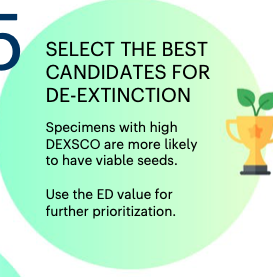
De-extinction of plants from herbarium specimens
Plant Science Research WeeklyMany plants have gone extinct in their natural habitat, but persist as samples preserved in herbaria around the globe. The existance of these samples raises questions about the possibility of using them to "bring back to life" these species, for example, by germinating the seeds or spores available in…
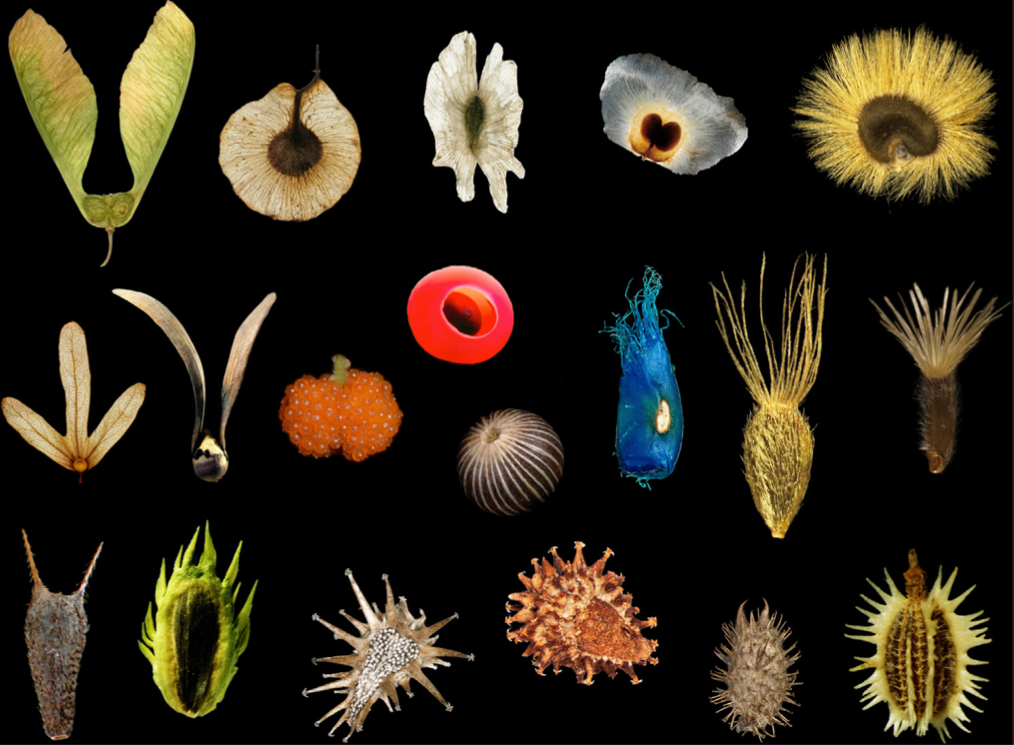
Review: The establishment of plants following long-distance dispersal
Plant Science Research WeeklySeed dispersal is a critical ecological process with far-reaching implications. On rare occasions, seeds can be dispersed over vast distances, far beyond the range of the species. These events, known as long-distance dispersal, have profound evolutionary implications by expanding species distribution…
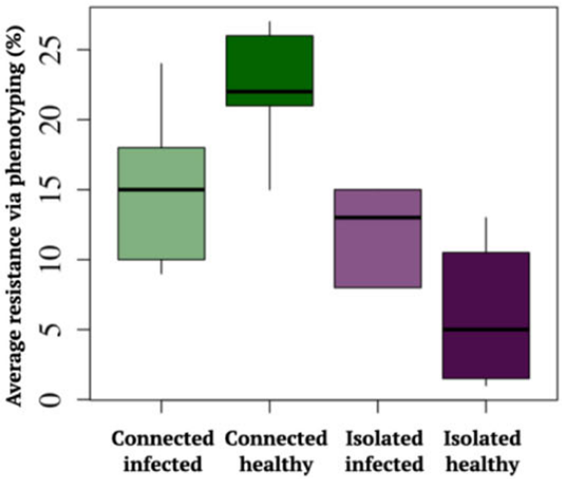
Staying connected helps plant population fitness
Plant Science Research WeeklyMany animals, including humans, tangibly benefit from living socially. Does this benefit extend to plants? A recent study by Höckerstedt et al. says it does. The authors studied a wild host-pathogen population, Plantago lanceolata, and its obligate powdery mildew pathogen Podosphaera plantaginis in…
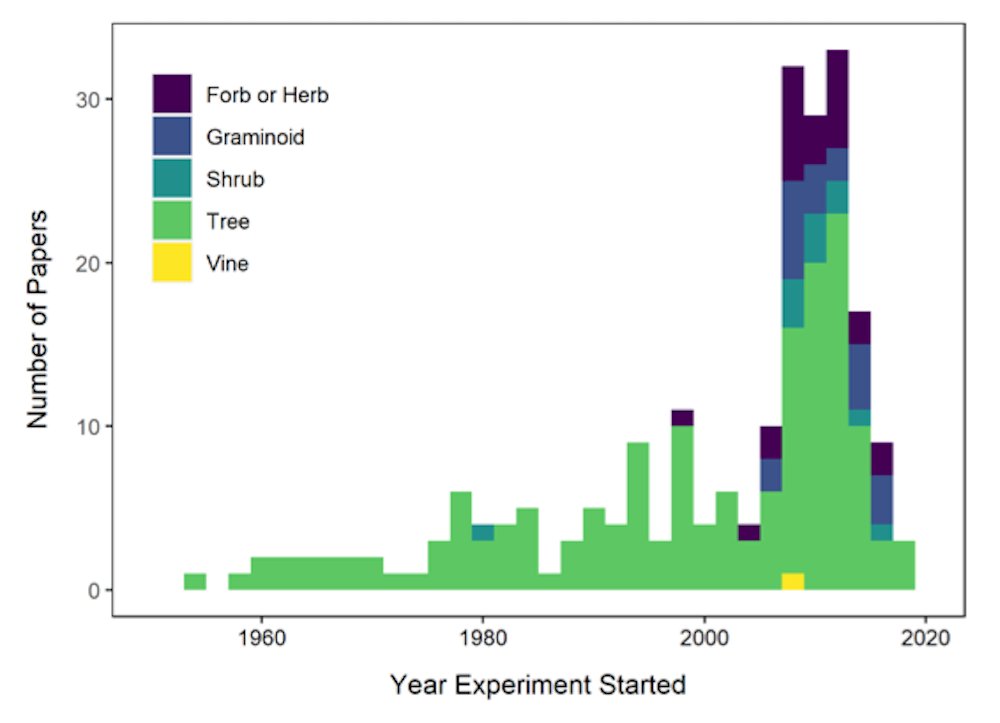
Review: Seed sourcing strategies for ecological restoration under climate change (Front. Conserv. Sci.)
Plant Science Research WeeklyReview: Seed sourcing strategies for ecological restoration under climate change
"The local is best" is a mantra in ecological restoration: if you want your project to succeed, you should use local plant material since it's already adapted to local conditions. However, ecosystems now need to withstand…
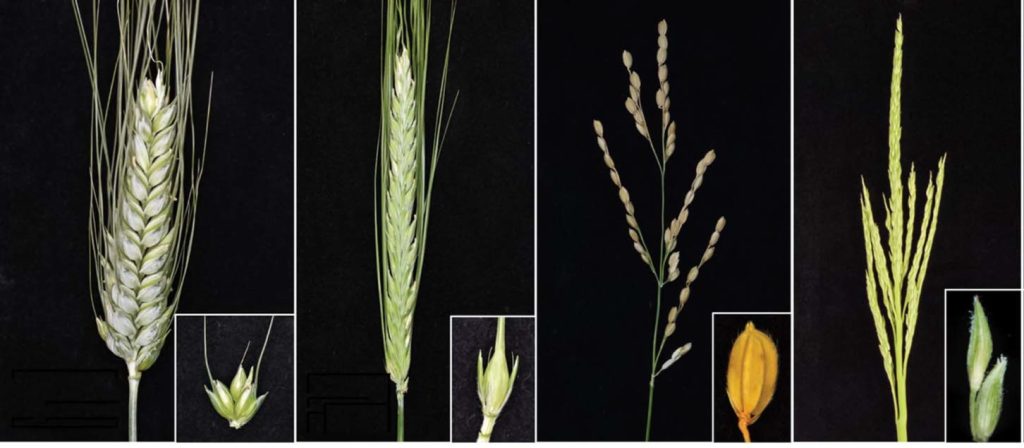
Special issue on Grasses (Science)
Plant Science Research Weekly“Grassy biomes—from the steppes of Mongolia to the savannas of Tanzania— are predicted to be the ecosystems hardest hit by the ongoing climate and land use crises,” begins a Perspective by Strömberg and Staver in the August 4, 2022 Science special issue on Grasses that raises awareness of the…
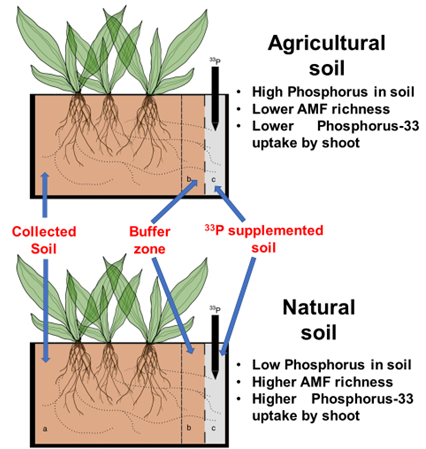
Modern agriculture practices negatively affect functions of beneficial plant microbes (Nature Ecol. Evol.)
Plant Science Research WeeklyAre modern agricultural practices good for the environment? Or at least for the crops? If we look at a small field at a particular time point, it may seem they are good. But looking at a broader picture gives a different notion. In a recent study, Edlinger et al. collected 210 soil samples from traditional…
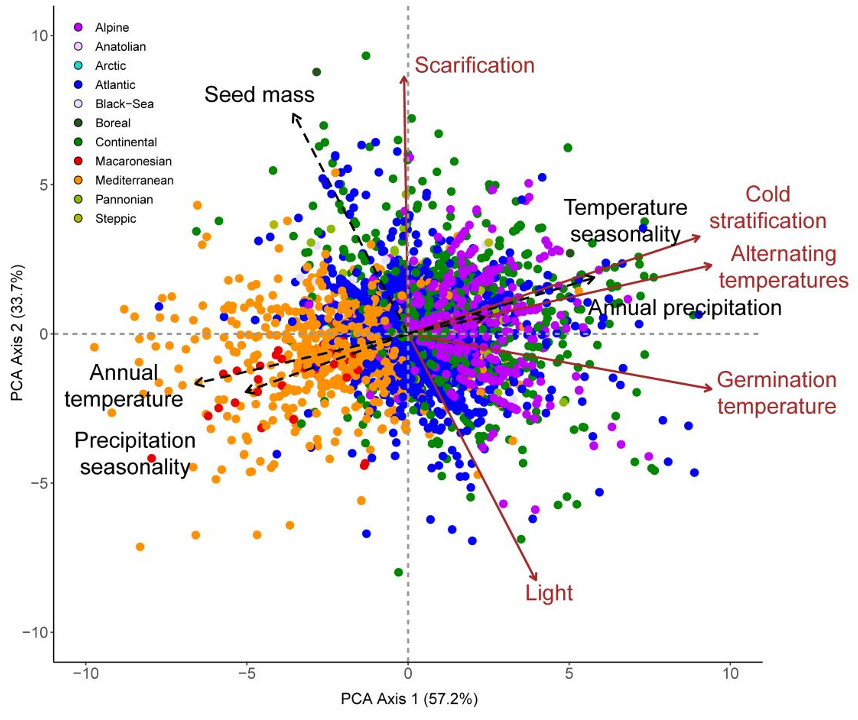
Climate shapes the seed germination niche of temperate flowering plants: a meta-analysis of European seed conservation data (Ann. Bot.)
Plant Science Research WeeklyThe seed germination niche is the set of environmental conditions in which a seed can germinate. This collection of requirements is expected to be tuned to the climate each species encounters in its natural habitat, but this hypothesis remains to be formally tested. Here, Carta and colleagues make use…

Seed dormancy in space and time: global distribution, paleo- and present climatic drivers and evolutionary adaptations ($) (New Phytol.)
Plant Science Research WeeklySeed dormancy is widely recognized as a key mechanism to ensure that germination takes place under the most suitable conditions. Such is its importance that multiple studies have described the morphological, physiological, and genetic mechanisms behind it, yet its global distribution and the past and…
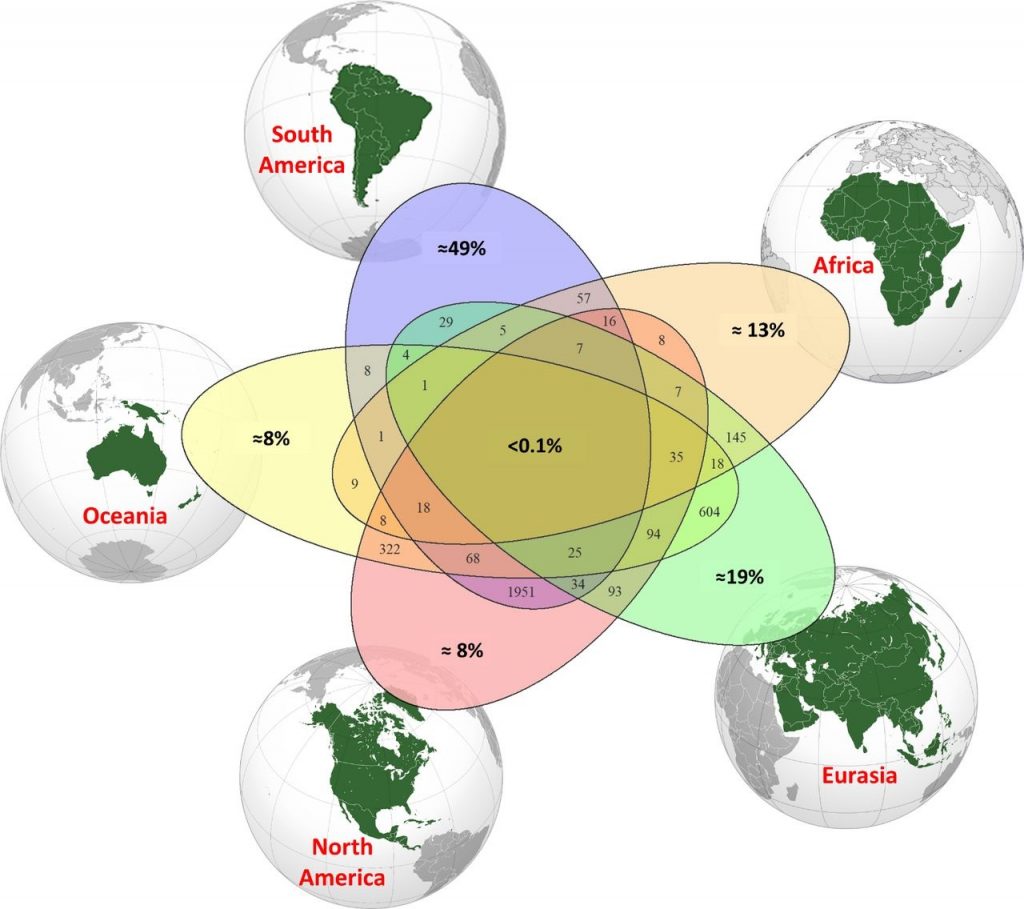
How many tree species are there? (PNAS)
Plant Science Research WeeklyDo you know how many tree species are there? The global Forest Biodiversity Initiative (GFBI) database has annotated about 28,000 tree species, while some studies indicate there could be around 60,000. But why this difference? Many of the species are found in unapproachable areas. Additionally, human…

